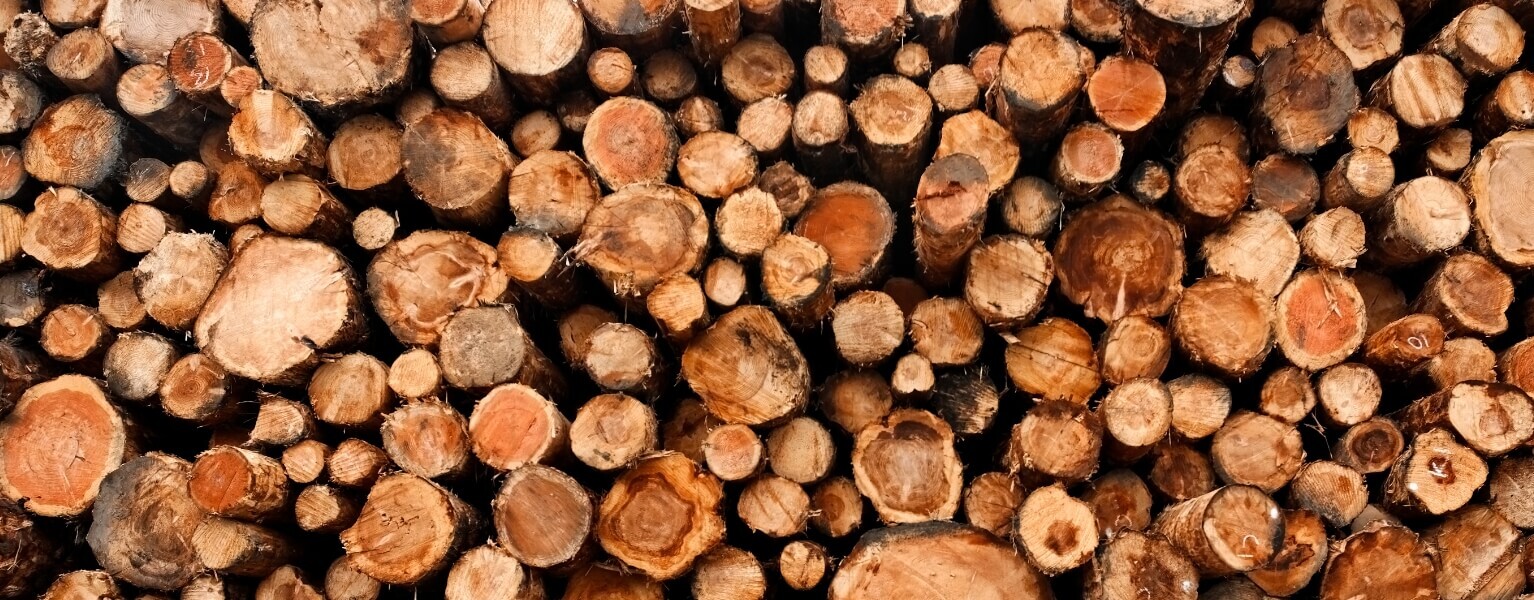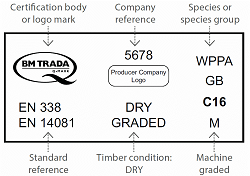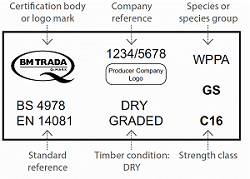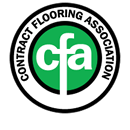Making your timber last
The life span of a piece of timber relies on many elements:
- Timber species and its natural durability
- Whether the timber is being used internally or externally
- Where it is being used, suspended, in ground contact, in contact with soil
We stock a range of treated timber to help extend the life of the wood. We explain below just how we do this, what types of preservatives are applied and which types are available to you.
Timber preservation
The durability of many commercial softwood timber species can be improved with the application of a wood preservative applied by an industrial process. The process involves a kilning process to dry the timber before it is loaded into a high pressure treatment plant (autoclave) where the preservative is forced into the timber cells under vacuum pressure.
Treatment processes and preservative chemicals
The chemicals used in wood preservatives comply with current EU regulations. They contain specifically targeted biocides that are designed to present a minimum hazard to the wider environment. There are two main types of pre-treatment processes, both carried out by timber suppliers, merchants or joinery companies, in enclosed and strictly controlled industrial vessels.
Vacuum, high-pressure treatment
Suitable for the full range of end uses, but particularly for external applications, both in and out of ground contact. The preservative is forced deep into the cellular structure of the timber, which generally has a green tint. Additives can give either a rich brown colour, usually for fencing and landscaping timbers, or extra water repellency for decorative external timbers, such as decking and cladding timbers.
Double vacuum, low-pressure treatment
Used for building and joinery timbers in Use Classes 1, 2 and 3c. Treatment provides an effective ‘envelope’ protection around the timber and leaves the colour virtually unchanged. A colour indicator, as well as water-repellency, can be added to the treatment if required.
Chain of custody/ Sustainability
At Jewson, we are passionate about preserving the environment and are serious about contributing to a carbon neutral world. Trees absorb CO₂ as they grow, providing a carbon-sink effect, making them a great carbon neutral material. We work hard to ensure we harvest the most sustainable wood possible while simultaneously providing great quality.
Chain of custody ensures that certified wood is fully accounted for down the supply chain. It documents where timber has come from and that it has come from a legal, reliable source.
Timber will be harvested from a certified forest, transported by a certified harvester and haulier, delivered to the certified sawmill, then delivered to certified merchant and eventually lands in the hands of the customer – all in an unbroken chain of custody.
Jewson holds certificates for both the two main schemes for chain of custody - FSC ® C014608 (Forest Stewardship Council ®) and PEFC (PEFC/16.37.039) (Programme for the Endorsement of Forest Certification), although there are other certificates available.
We are changing the way we source some of our timber products. Read the full update.



